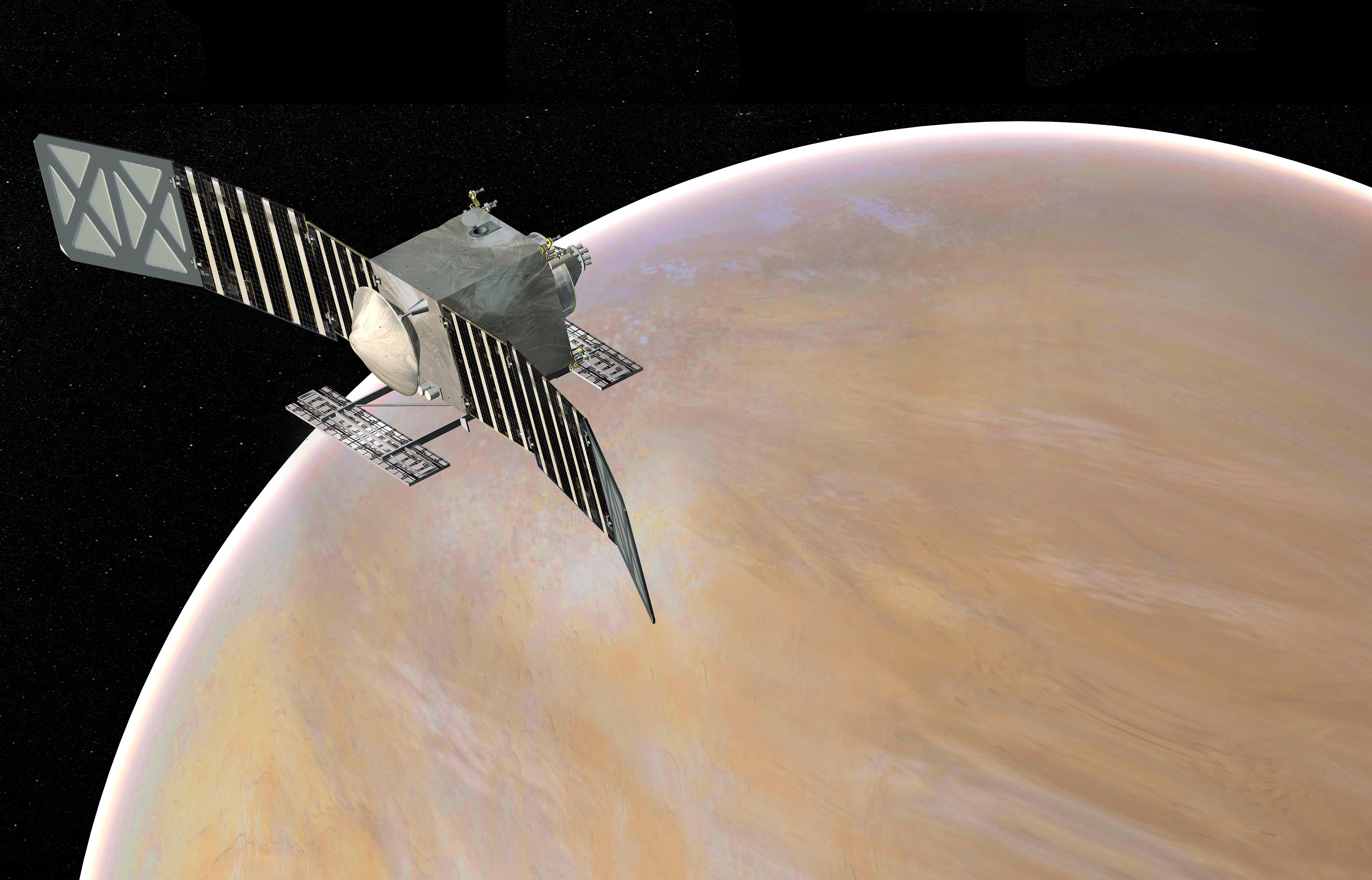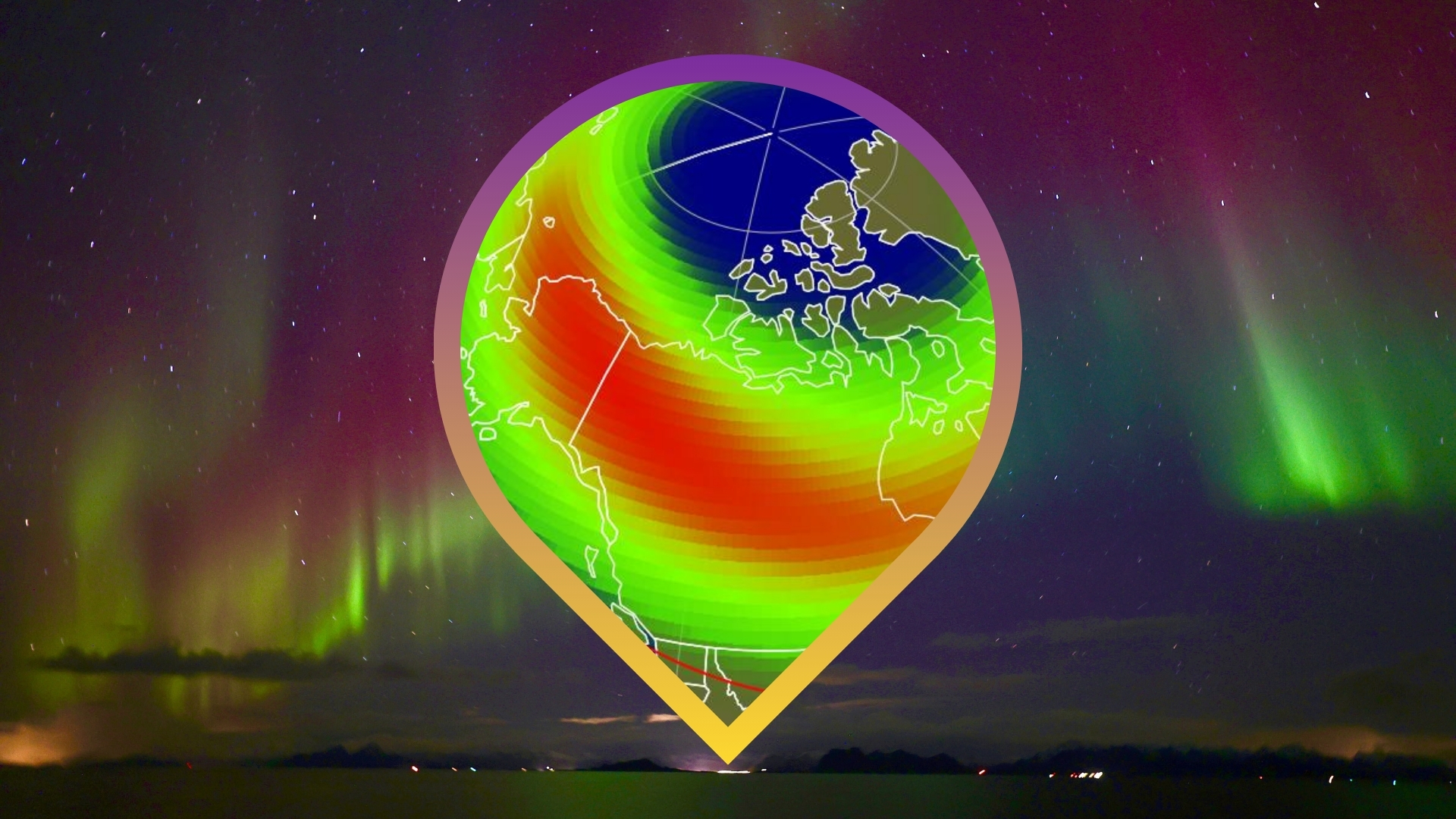We Could Go to Venus with Today's Technology, Scientists Say

We could go to Venus tomorrow with the technology we have today, urged a NASA scientific advisory group, and the group's members would like to get a mission off the ground as soon as possible.
Representatives from the Venus Exploration Analysis Group (VEXAG) made a presentation to NASA's planetary science advisory committee on Sept. 24, recommending that the agency prioritize a mission to Venus, the second-closest planet to the sun.
Mars is a popular destination for NASA missions, both due to the possibility of life on the planet and because the agency may send astronauts there as soon as the 2030s. That said, NASA does have separate calls for proposals to send missions to other solar system locations. Excluding flybys, Venus hasn't been visited by a dedicated NASA spacecraft in 25 years, even though scientists subsequently sent several mission proposals to the agency.
Related: The Strange Case of Missing Lightning at Venus
"The Mars program has 'followed the water' and continued to look for evidence of life, but Mars only had liquid water present on its surface for a few hundred million years, [about] three billion years ago," said Darby Dyar, who made the VEXAG presentation and who is chair of astronomy at Mount Holyoke College in Massachusetts, in an email to Space.com.
"Moreover, the Mars program has long united around a single goal," Dyar added, "which is to bring samples back from Mars. NASA Headquarters is supporting that goal with planning now. So my feeling is that although many outstanding science questions about Mars remain, they are second order compared to the dire state of knowledge about Venus."
So VEXAG hopes that NASA's current call for smaller Discovery missions will bear some fruit. The announcement of opportunity, which closed July 1, includes at least three Venus proposals. The Step-1 selections should be announced around January 2020.
Breaking space news, the latest updates on rocket launches, skywatching events and more!
The Venus proposals include DAVINCI (Deep Atmosphere Venus Investigation of Noble gases, Chemistry, and Imaging) to measure the chemical composition of Venus during a descent; the VERITAS (Venus Emissivity, Radio Science, InSAR, Topography, and Spectroscopy) orbiter to examine the surface of Venus in high resolution; and Hyperspectral Observer for Venus Reconnaissance (HOVER) to examine Venus' clouds, chemistry, dynamics and surface to better understand its climate.
A pressing question for the Venus community involves finding out how similar the planet may have been to Earth in the planets' early histories. Venus' size is similar to Earth's and its distance to the sun would have put the planet in the "habitable zone" — the location where liquid water could exist on the surface — when the sun was younger and dimmer. Although Venus is now a raging inferno, the story for life billions of years ago could be more optimistic.
Venus scientists want to know whether (as some suspect) the planet had liquid water for 3 billion years, what kind of surface geology and rock types it has, the nature of its dormant plate tectonics (which might be key to sustaining life) and how similar Venus might be to rocky exoplanets very close to their parent stars.
Tech advancements
Temperatures at the surface of Venus can melt lead under normal circumstances and would cook a lander in moments. Highly shielded Soviet Venera spacecraft made it to the surface in the 1970s and 1980s, generally lasting anywhere from a few minutes to around an hour. But advancements in technology, the VEXAG group said, make it possible for a reasonably priced mission to survive longer today.
VEXAG's 15th meeting in 2017, for example, pointed to NASA's High Operating Temperature Technology (HOTTech) program, which aims to create components in environments that are roughly 900 degrees Fahrenheit (500 degrees Celsius) or higher. A call for proposals cited at that time (in 2017) funded research in technology for solar cells, power generation, electronics (which can be quite sensitive to temperature fluctuations) and batteries. The individual projects were expected to complete their current phase of funding between 2018 and 2020, so results are still being analyzed in some cases.
Some other technologies are close to maturity, such as NASA's Heatshield for Extreme Entry Environment Technology (HEEET) project, which is designed for environments including Venus. It includes a high-density, all-carbon layer for the entry interface and a lower-density insulating layer to protect delicate spacecraft components. HEEET was testedat NASA's Ames Research Center and is listed at technology readiness level (TRL) 6. (A component reaches TRL 7 when it is tested in space, and TRL 8 following tests on the ground and in space.)
Another team at NASA's Glenn Research Center is working on high-temperature electronics designed for Venusian temperatures. These are based on silicon-carbide semiconductors that could last up to 4,000 hours on the surface. In 2016, engineers tested some of the circuits in the Glenn Extreme Environments Rig (GEER), which simulates the conditions of Venus, for nearly 22 days. (The test was ended at that time only for scheduling reasons, according to NASA; similar oscillator circuits have worked for thousands of hours.)
VEXAG's recent technology road map (released along with a technology plan) indicates that the community could respond to a variety of different NASA opportunities today with viable missions, ranging from orbiters to small satellites to atmospheric entry probes and skimmers. Another possible option could be a short-lived surface platform or some sort of an aerial platform floating in a more temperate climate on Venus, which is to be found at an altitude of 34 miles (55 km). Longer-lived surface platforms could be ready in the medium term, before 2032, the community suggested.
Many ideas, few opportunities
But VEXAG must also be responsive to available funding, which happens when NASA makes calls for proposals for cheaper Discovery missions, more expensive New Frontiers missions, and ride-along or international opportunities. In its report, the community recommends responding to the predicted proposal cadence before 2022 with orbiters or an atmospheric entry probe. And between 2023 and 2032, VEXAG recommended adding surface platforms (long- and short-lived) and aerial platforms to the wish list.
NASA's last Discovery call for proposals was in 2014, which generated five finalists — including two Venus missions: DAVINCI and VERITAS. According to Dyar, neither Venus mission was selected "for unclear reasons," although both were deemed selectable — meaning that they could have flown immediately. The proposals lost out to Psyche and Lucy, two missions that will study asteroids.
The last New Frontiers opportunity was in 2016, and the community submitted a Venus mission called VOX (Venus Origins Explorer), which would focus on high-resolution topography or altitude maps of the surface. While VOX was deemed selectable, NASA did not choose it as a finalist; the winner of that opportunity is Dragonfly, which will fly on the surface of Saturn's moon Titan.
NASA's last dedicated mission to Venus was Magellan, which entered orbit in October 1990 and was deorbited four years later. The agency has flown by the planet since with Galileo, Cassini and MESSENGER en route to other planets. Meanwhile, the European Space Agency operated Venus Express at Venus between 2006 and 2014, and Japan's Akatsuki mission successfully entered orbit there in 2015 on its second attempt. Akatsuki is the only operational mission at Venus right now.
- Should We Land on Venus Again? Scientists Are Trying to Decide
- Life on Venus? Why It's Not an Absurd Thought
- Can Venus Teach Us to Take Climate Change Seriously?
Follow Elizabeth Howell on Twitter @howellspace. Follow us on Twitter @Spacedotcom and on Facebook.

Elizabeth Howell (she/her), Ph.D., was a staff writer in the spaceflight channel between 2022 and 2024 specializing in Canadian space news. She was contributing writer for Space.com for 10 years from 2012 to 2024. Elizabeth's reporting includes multiple exclusives with the White House, leading world coverage about a lost-and-found space tomato on the International Space Station, witnessing five human spaceflight launches on two continents, flying parabolic, working inside a spacesuit, and participating in a simulated Mars mission. Her latest book, "Why Am I Taller?" (ECW Press, 2022) is co-written with astronaut Dave Williams.

